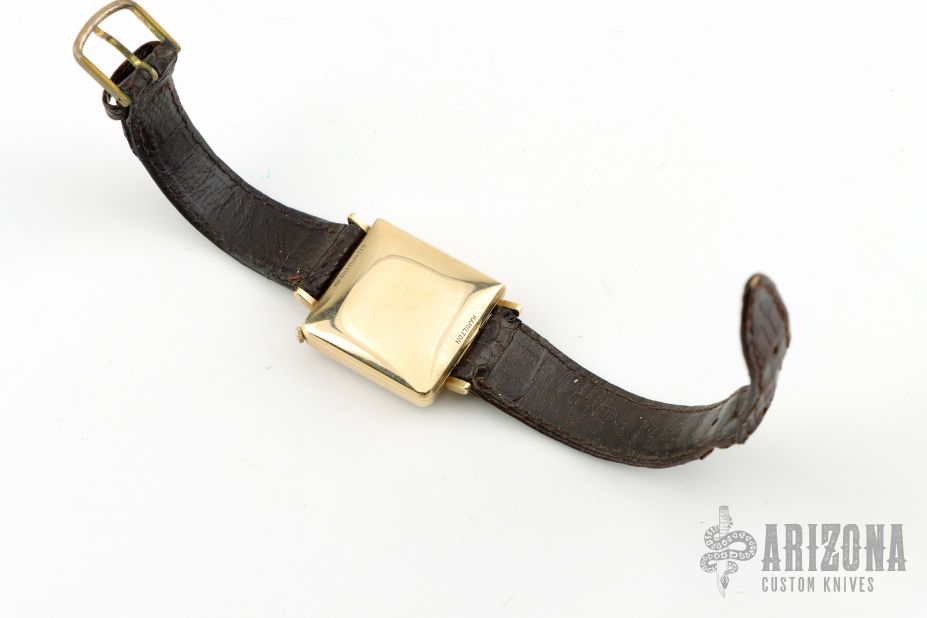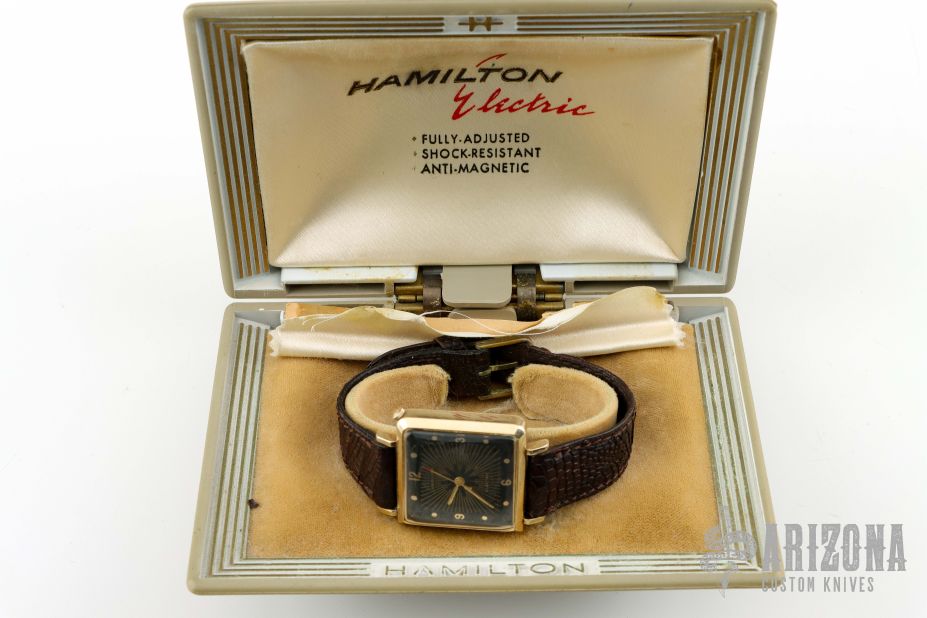Overview
The invention of a miniaturized battery launched Hamilton into new frontiers.
It started in 1946, when George Luckey, the research manager of Hamilton’s R&D department, wondered if Hamilton could produce a watch powered by a battery. Eveready had built miniaturized batteries during the War, and Luckey felt that the time was ripe for Hamilton to capitalize on that invention. Over the next four years, his idea ripened and took fruit in the hands of various researchers, who produced model clocks with electric movements, until it reached the desk of Dr. John Van Horn.
A native of Butte, Montana, Van Horn had joined Hamilton in 1949 after a stint in the U.S. Navy Signal Corps. In 1952, Van Horn learned that Elgin, Hamilton’s fiercest rival, was also planning to develop an electric watch of its own. Galvanized by this discovery, the development of Hamilton’s electric watch continued apace.
Various prototypes would be produced over the next few years, until the research team—led by Dr. Van Horn—hit on the one that would be a success: Model 500.
The Model 500 worked, or so the patent ran, by means of “an indexing mechanism” that would “eliminate the fabrication of numerous parts, the need for lubrication, and the problem of wear." Essentially, in Hamilton's design, the balance wheel—that is, what regulates the watch—would be powered not by springs but by magnets. Van Horn launched a test program in 1956, in which 160 test watches were given to Hamilton personnel.
Each watch was engraved “Do Not Open, Property of the Hamilton Watch Company,” and came with a list of instructions, which declared “YOU WILL NOT, UNDER ANY CIRCUMSTANCES, OPEN THE CASE.”
At last, on January 3, 1957, the world’s first electric watch—the Hamilton Ventura—was unveiled to the world.
With a case designed by Richard Arbib, the man who put fins on Cadillacs, the Ventura was a visual snapshot of the American psyche as the country roared out of the war-torn 1940s into the prosperous 1950s. As the flagship of the Hamilton Electric line, the Ventura commanded the highest prices—$200 in 1950s dollars. However, other models were available that coupled the ground-breaking movement with distinctive designs—but at a much lower price point.
The Victor is one such model. Introduced in 1957, alongside the Ventura, the Victor was offered at $89.00. Unlike the Ventura, which was sold in solid gold cases, the Victor had a gold-filled case. However, despite the variance in material, the Victor possessed a distinctive visual styling all its own.
One of the later models, this particular Victor features a glossy black dial with a bold starburst pattern. The case is asymmetrical, like the Ventura, but is a square that is slightly larger on the right side. The unexpected position of the crown gives the watch an unusual and distinctive look.
While there’s no question that collector attitudes have changed from considering wristwatches as pieces of art to desiring the function-first "tool watches" so popular today, we have a strong belief that appreciation for mid-century marvels such as the Victor are bound to come back around. The 1957 original remains a classic design of mid-century horology, a distinctive dress design with a pedigree that deserves serious appreciation.
Comes with original box. The watch winds and ticks. Has scuffs and scratches, good condition.











